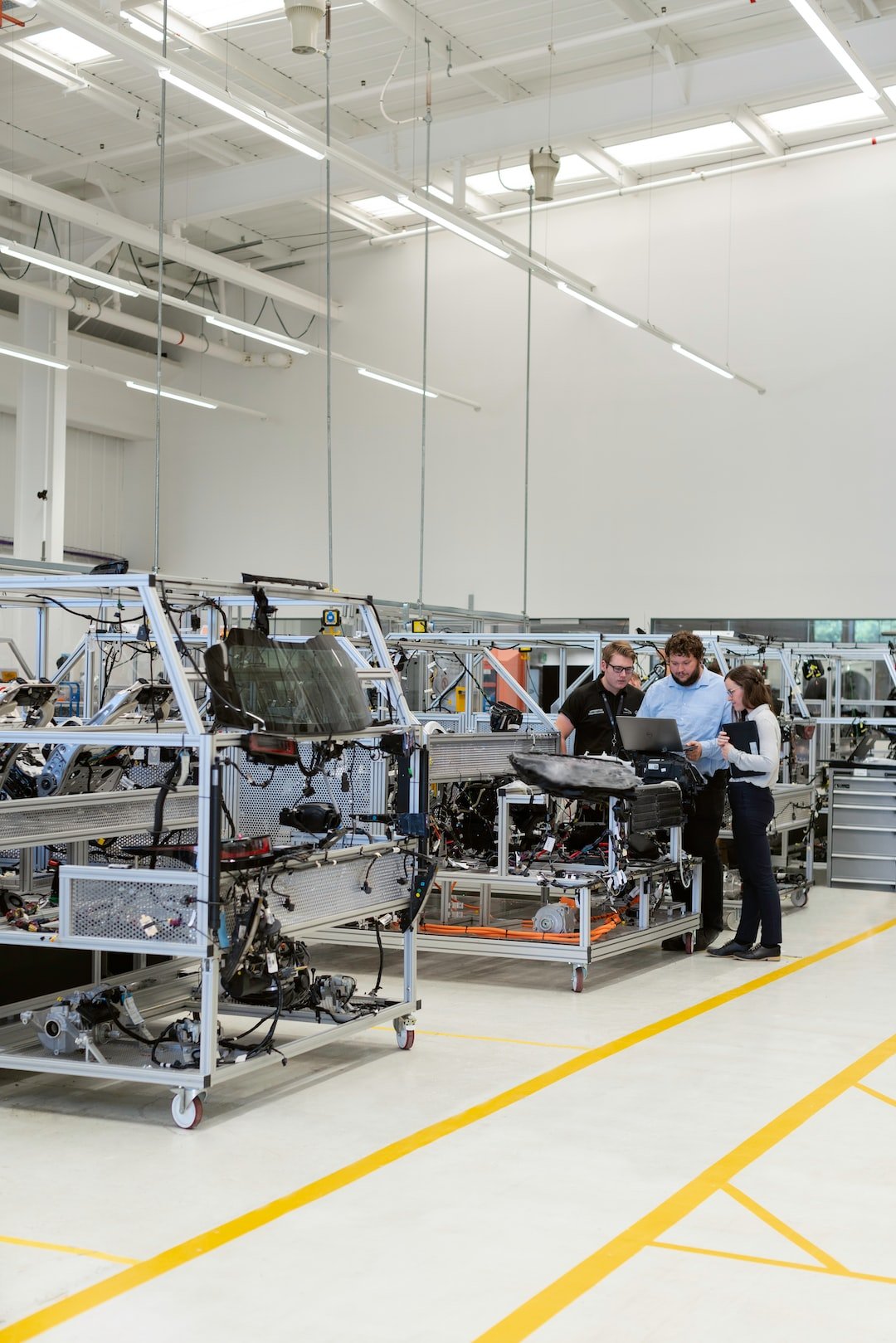The Challenges and Opportunities in Designing Efficient Transportation Networks
Transportation networks play a crucial role in the functioning of our cities and countries. They are the lifelines that connect people, goods, and services, enabling economic growth and development. However, designing efficient transportation networks poses a myriad of challenges and opportunities that need to be addressed to ensure seamless and sustainable mobility.
One of the main challenges in designing transportation networks is managing traffic congestion. As urban environments become increasingly populated, traffic congestion worsens, leading to a plethora of problems such as increased travel times, pollution, and decreased productivity. Designing efficient transportation networks requires innovative solutions to alleviate congestion, such as implementing intelligent traffic management systems, optimizing signal timings, and promoting the use of alternative transportation modes like cycling and public transport.
Another significant challenge is ensuring the accessibility and equity of transportation services for all segments of society. Many individuals, particularly those living in low-income neighborhoods or rural areas, face limited access to transportation options, hindering their ability to access education, employment, and essential services. Designing inclusive transportation networks that prioritize accessibility and equity can help bridge this divide. Integrating ride-sharing services, improving public transit options, and developing affordable transportation programs are just a few examples of strategies that can address this challenge.
Efficient transportation networks also need to consider environmental sustainability and address the impact of transportation on climate change. The burning of fossil fuels by conventional vehicles contributes significantly to greenhouse gas emissions and air pollution. Designing transportation networks that promote sustainable modes of transportation, such as electric vehicles and cycling infrastructure, is crucial to reducing carbon footprints and improving air quality. Additionally, incorporating renewable energy sources and implementing smart grid technologies can further enhance the sustainability of transportation systems.
Technological advancements present numerous opportunities in designing efficient transportation networks. The emergence of connected and autonomous vehicles, for instance, could revolutionize the way we travel. These vehicles have the potential to enhance safety, reduce traffic congestion, and improve fuel efficiency through features like platooning and adaptive cruise control. Leveraging technologies like GPS, mobile apps, and smart sensors can also enable real-time traffic monitoring and data analysis, allowing authorities to make informed decisions to optimize transportation networks.
There is also an opportunity to enhance the integration and interconnectivity of different modes of transportation. Currently, many cities have fragmented and disconnected transportation systems, making it challenging for users to switch seamlessly between different modes. By integrating public transport networks with cycling infrastructure, walking paths, and car-sharing services, multi-modal transportation networks can be created, offering users more choices and reducing reliance on private cars.
Moreover, designing transportation networks that prioritize safety is paramount. Traffic accidents and fatalities are significant concerns worldwide. Efficient transportation networks should incorporate features that prioritize safety, such as well-maintained roads, adequate street lighting, and pedestrian-friendly infrastructure. Implementing stricter traffic regulations and improving driver education can also contribute to reducing accidents and improving road safety.
Lastly, designing efficient transportation networks can spur economic growth and improve the quality of life. A well-connected transportation system can attract businesses, encourage investments, and create job opportunities. Additionally, reduced travel times and improved accessibility to employment centers and essential services can enhance quality of life for individuals, leading to increased productivity and overall well-being.
In conclusion, designing efficient transportation networks is crucial for the well-being and development of cities and countries. Despite the challenges posed by traffic congestion, limited accessibility, environmental impacts, and safety concerns, there are many opportunities to address these issues. Technological advancements, integration of different modes of transportation, promoting sustainability, and prioritizing safety are some of the strategies that can be employed to design efficient and sustainable transportation networks. By doing so, we can create a future where transportation is seamless, safe, accessible, and environmentally friendly.

